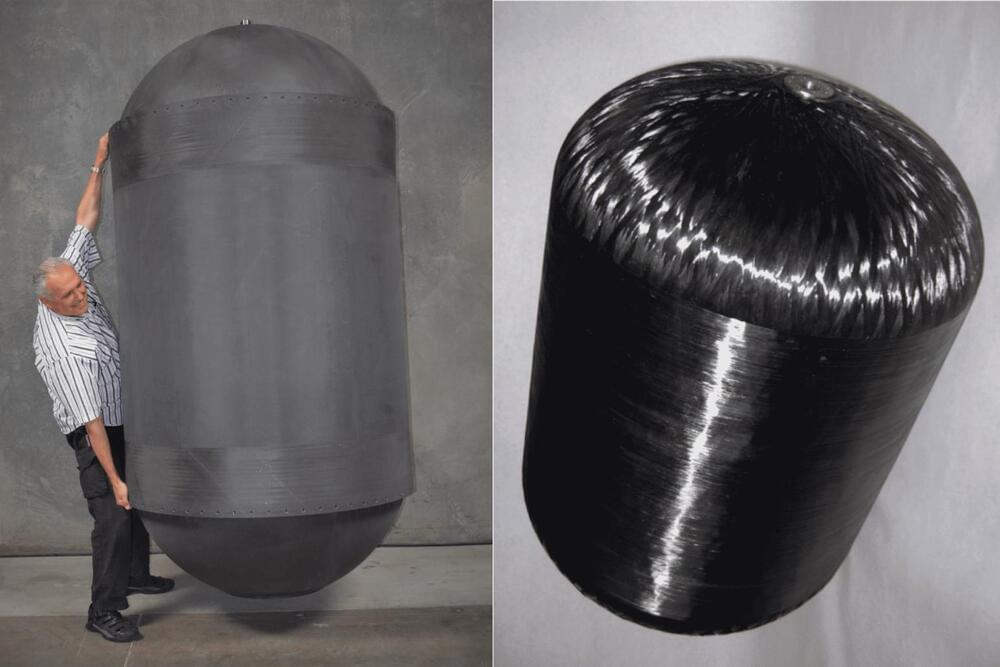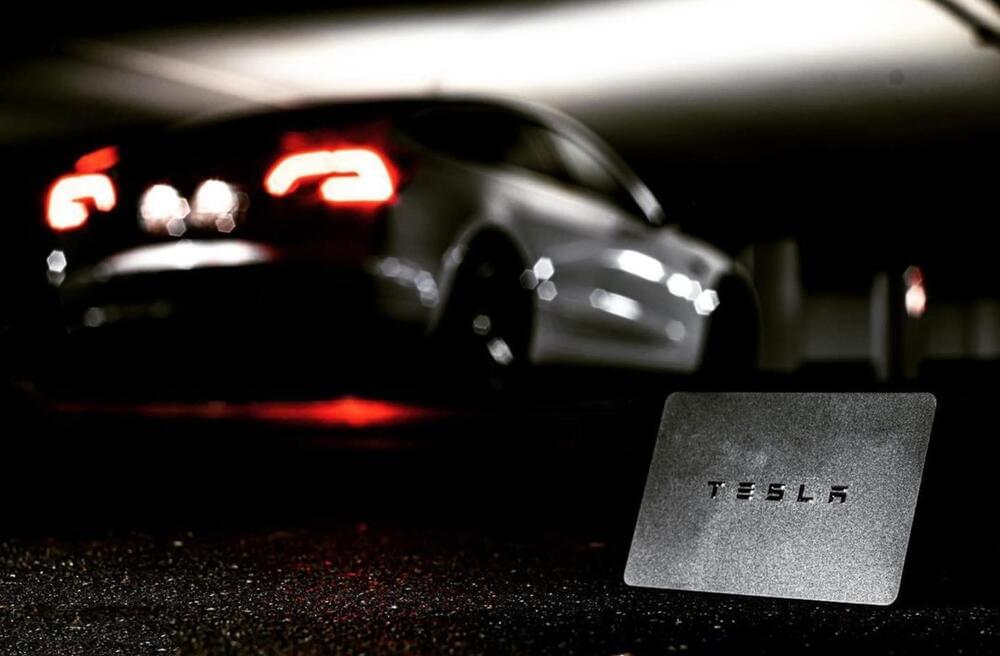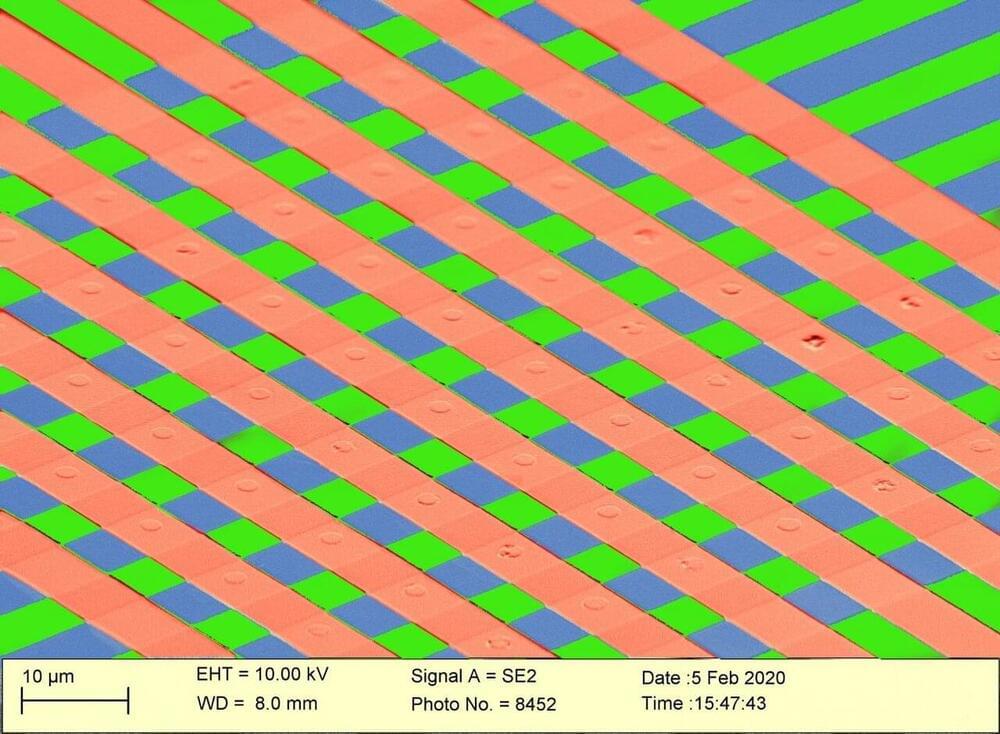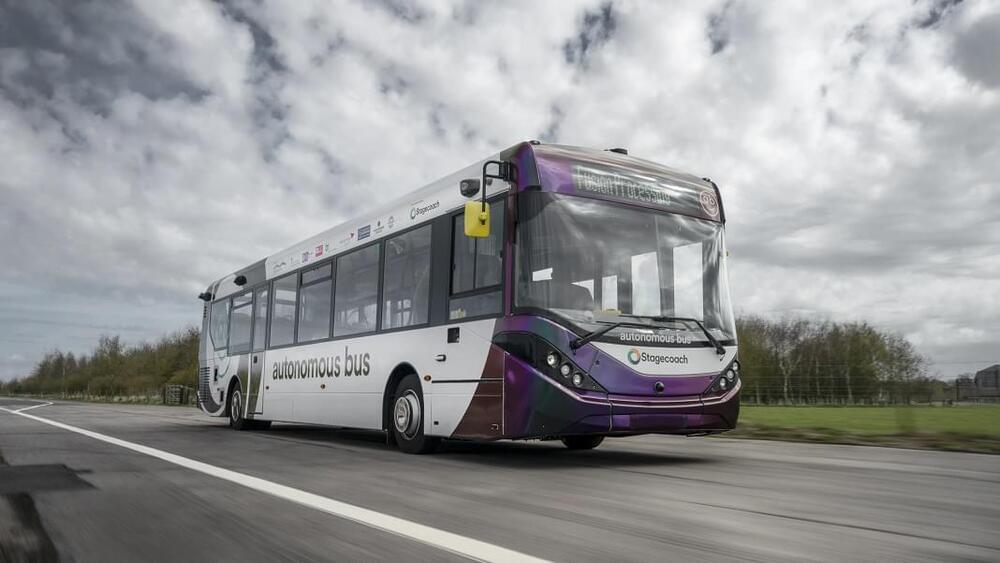Australian mining company Fortescue is looking to reduce the carbon footprint of its operations by allowing a specially designed electric “Infinity Train” to roll down a hill to recharge its massive batteries — without ever relying on an external charging system.
“The Infinity Train has the capacity to be the world’s most efficient battery electric locomotive,” Fortescue CEO Elizabeth Gaines said in a statement. “The regeneration of electricity on the downhill loaded sections will remove the need for the installation of renewable energy generation and recharging infrastructure, making it a capital efficient solution for eliminating diesel and emissions from our rail operations.”
It’s a cleverly designed system: since the train is far lighter on the way up, it will generate enough energy fully loaded with iron ore on the way down to make it back up to the mine. In other words, it might sound like a perpetual motion machine — which is impossible, of course — but in reality it’s just an ingenious exploit of conventional physics.








